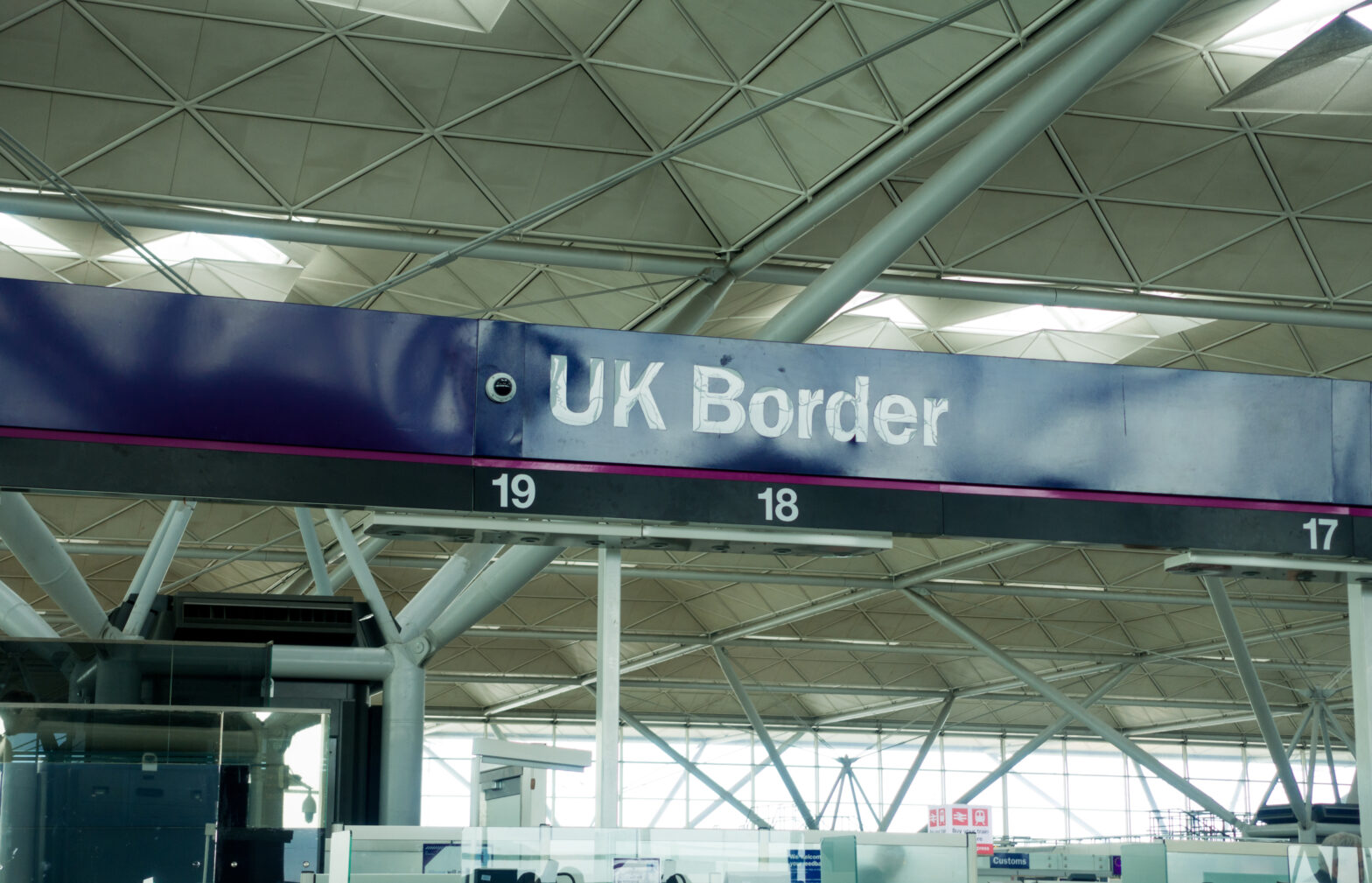From a flashpoint for debate to a fact of life today, the topic of migration has polarised the world in many ways. A main concern when it comes to the topic of immigrants in UK, is whether they contribute a fair share to the country’s tax and welfare system.
Market Inspector examined data on immigrants in UK, defined as foreign-born people who have been living in UK for five years or less, compared to the UK-born population to separate fact from fiction.
Comparing criteria and characteristics such as average working age, finished education, competences, and occupational distribution, the research reveals that immigration has a small impact on average wages of existing workers, but more visible effects for defined groups. Medium and high-paid workers gain from the influx, while low-paid workers lose out.
European immigrants in the UK have paid more in taxes than they received in benefits, according to the data, helping relieve the fiscal burden on UK-born workers. Foreign-born workers also contribute to the financing of public services. Additionally, the analysis of the provided data reveals that immigration has no significant impact on unemployment status in the UK.
Since 2000, immigrants have had a positive net fiscal benefit to the UK. “European immigrants, particularly, both from new accession countries and the rest of the European Union, make the most substantial contributions. This is mainly down to their higher average labour market participation,” says Professor Christian Dusmann, director of the Centre for Research and Analysis of Migration (CReAM).
While refugees are under current media scrutiny as synonymous with migration, 90 per cent of the world’s 247 million migrants have moved across borders voluntarily, according to research from McKinsey. Voluntary migration is usually a gradual process that places less stress on logistics and on the social fabric of host countries than refugee flows. Most voluntary migrants are working-age adults,which helps raise the share of the population that is economically active in destination countries.
The remaining 10 per cent of global migrants are refugees and asylum seekers who have fled to another country to escape conflict and persecution. Roughly half of the world’s 24 million refugees are in the Middle East and North Africa, reflecting the dominant pattern of flight to a neighbouring country. However, the recent surge of asylum seekers entering Europe has focused global attention on this issue.
The infographic below highlights the impact of immigration on the UK. It also reveals the financial prognosis that a post-Brext fall in EU immigration is most likely to lead to lower living standards for the UK-born population.








